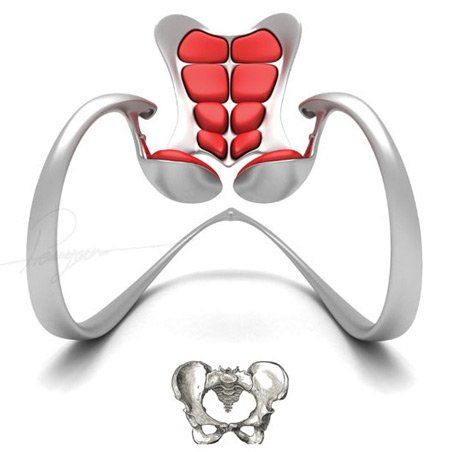|
|
Unusual Chairs
|
History of the chair
The chair is of extreme antiquity and simplicity, although for many centuries and indeed for thousands of years it was an article of state and dignity rather than an article of ordinary use. "The chair" is still extensively used as the emblem of authority in the House of Commons in the United Kingdom and Canada, and in many other settings. Committees, boards of directors, and academic departments all have a 'chairman'. Endowed professorships are referred to as chairs. It was not, in fact, until the 16th century that it became common anywhere. The chest, the bench and the stool were until then the ordinary seats of everyday life, and the number of chairs which have survived from an earlier date is exceedingly limited; most of such examples are of ecclesiastical or seigneurial origin. Our knowledge of the chairs of remote antiquity is derived almost entirely from monuments, sculpture and paintings. A few actual examples exist in the British Museum, in the Egyptian Museum at Cairo, and elsewhere.
In ancient Egypt chairs appear to have been of great richness and splendor. Fashioned of ebony and ivory, or of carved and gilded wood, they were covered with costly materials, magnificent patterns and supported upon representations of the legs of beasts or the figures of captives. During Tang dynasty (618 - 907 AD), a higher seat first started to appear amongst the Chinese elite and their usage soon spread to all levels of society. By the 12th century seating on the floor was rare in China, unlike in other Asian countries where the custom continued, and the chair, or more commonly the stool, was used in the vast majority of houses throughout the country.
In Europe, it was owing in great measure to the Renaissance that the chair ceased to be a privilege of state, and became a standard item of furniture for anyone who could afford to buy it. Once the idea of privilege faded the chair speedily came into general use. We find almost at once that the chair began to change every few years to reflect the fashions of the hour.
|
|









